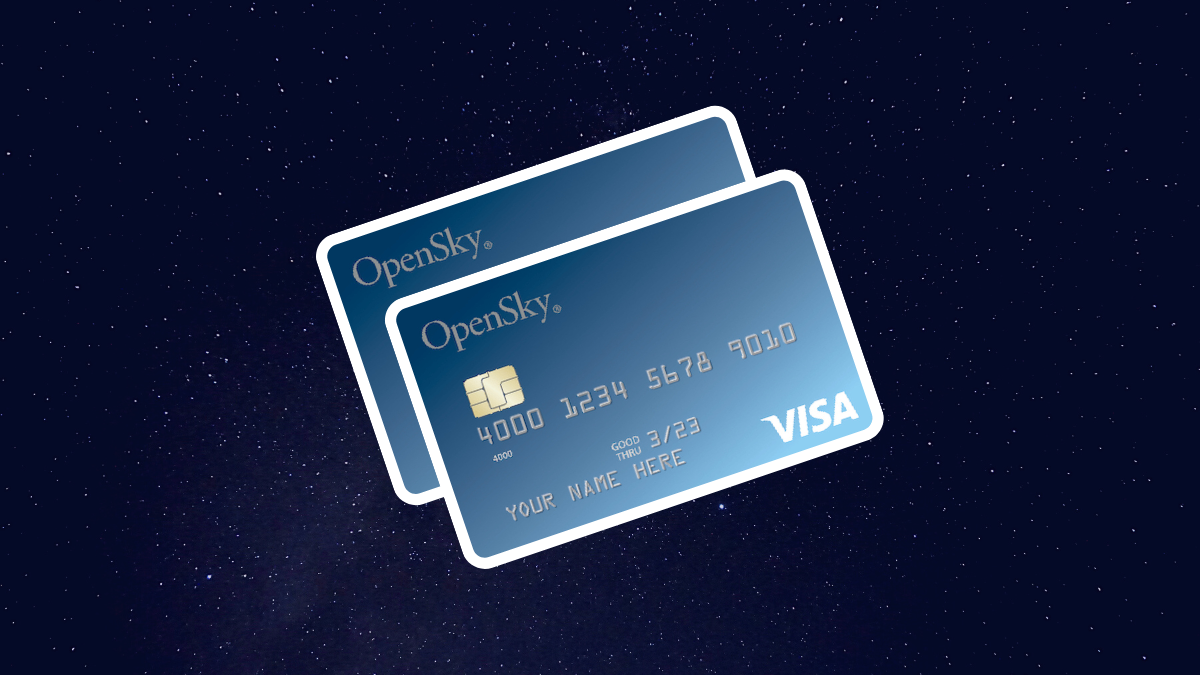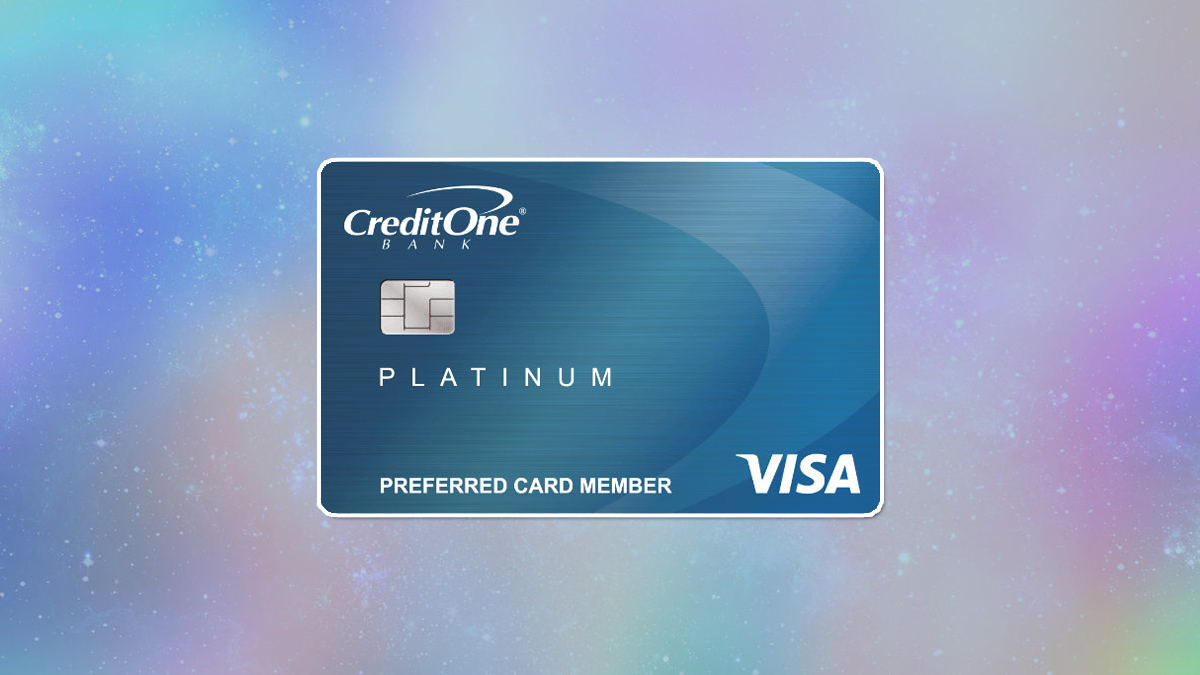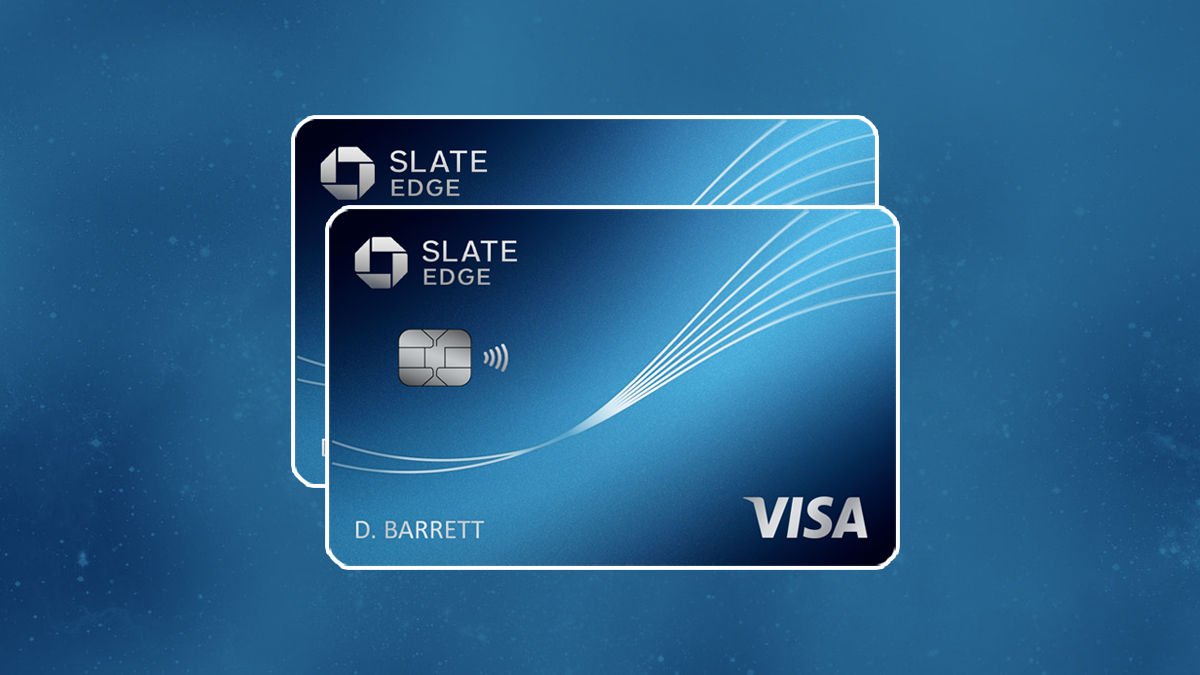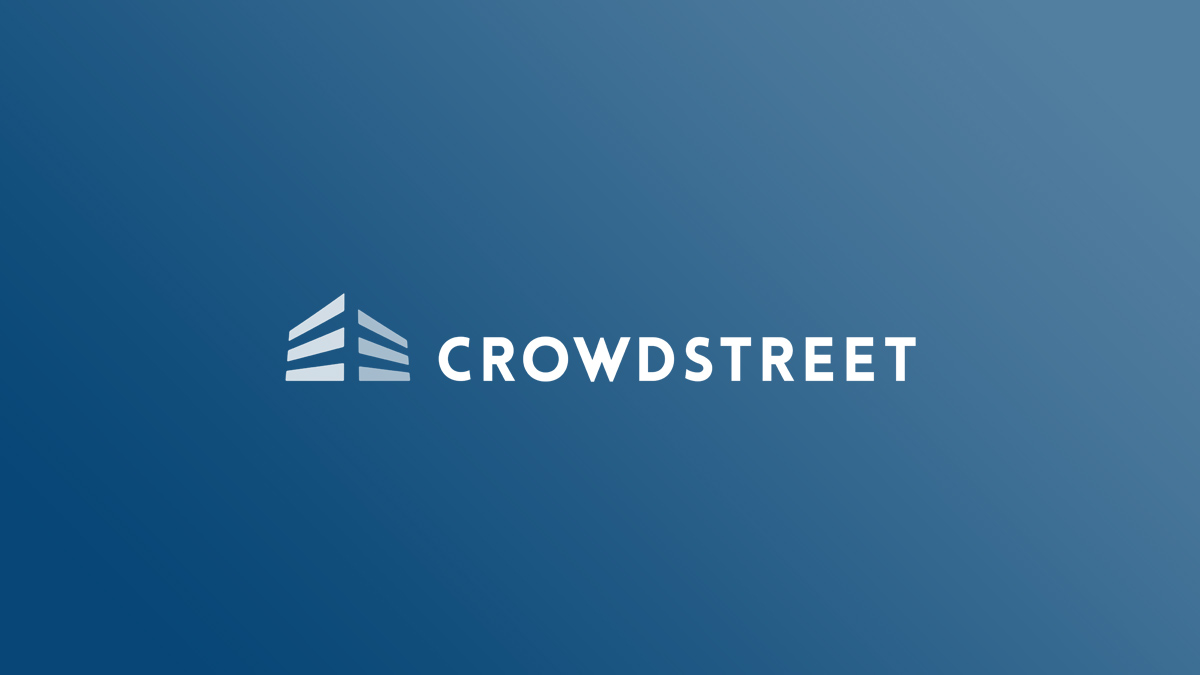Investments
5 Investment Accounts Everyone Should Have
Stocks and bonds are not the only ways you can invest your money. Read on and find out about these different types of investment accounts.
Advertisement
Stocks and bonds are not the only investment options out there. Learn about these 5 investment accounts and diversify now!

There are a variety of investment accounts for you to put your dear money into. In this blog post, we’ll talk about some of them to help you decide.
Too many people find investing scary. Yes, there is risk involved, but there are also levels of risk. When you think about stocks, you are thinking about high risk. However, you do not need to start there.
In fact, most retirement accounts or similar ones invest in a variety of assets such as stocks, bonds, CDs, mutual funds and other kinds of investments.

How to open your Axos High Yield Savings Account
Apply right now for the Axos High Yield Savings Account and get an ATM card that gives you direct access to your funds.
Retirement accounts and other similar types of accounts offer the benefit of being tax-free (tax-deferred, for the nerds), which lets you keep more of your money.
So before you start picking investment instruments on your own, check out these 5 investment accounts everyone should have.
1. Maximize your 401(k) match.
One of the easiest ways to start investing is to have a company-sponsored retirement plan.
By making 401(k) contributions from your salary pre tax, you remove all the maintenance and guess work from investing.
Some employers will contribute extra cash to your retirement fund up to a certain percentage, often about 6% of your contribution.
This is what we call a 401(k) match. So the more you contribute, the higher the amount the company will contribute.
Also, the more you and your employer contribute, the more money you will have available to you when the time comes for you to retire. For 2023 you can contribute as much as $22,500.
A 401(k) investments account certainly does not offer the flashy opportunities for wild gains over a short period of time that you can get from investing in stocks.
However the risk is much lower, and your future self will definitely thank you for having this account.
You will be redirected to another website
By submitting this form, I agree that I am 18+ years old and I agree to the Privacy Policy and Terms and Conditions. I also provide my signature giving express consent to receive marketing communications via automated emails, SMS or MMS text messages and other forms of communication regarding financial products such as credit card and loans. Message frequency varies and represents our good faith effort to reach you regarding your inquiry. Message and data rates may apply. Text HELP for help or text STOP to cancel. I understand that my consent to receive communications is not a condition of purchase and I may revoke my consent at any time.
2. Get an IRA

Once you hit the cap of contributions for your work-sponsored 401(k), and even if you do not have one, you should open up an individual retirement account (IRA).
An IRA is an excellent option for individuals who are looking for more ways to save with investments accounts, or who are self-employed and do not have a 401(k) option.
There are two main types of IRAs. One is known simply as IRA, or traditional IRA.
The other is called Roth IRA (named after Senator William Roth, who sponsored the 1997 legislation which established these kinds of accounts).
What makes them different from each other is how taxes apply to them.
Contributions and earnings are tax-deferred in traditional IRAs, but distributions are taxed upon retirement.
Roth IRAs, on the other hand, are taxed upon contribution, including when you add funds to your account. Your earnings and distributions are tax free.
If you have a traditional IRA, when you turn 72, you are required to make minimum withdrawals from your account.
That is when required minimum distributions kick in.
If you have a Roth IRA you do not need to worry about required minimum distributions. You withdraw if you want to.
It is possible to have as many IRAs as you want, however, there is a cap for annual contributions. As of 2022 that cap is $6,000 ($7,000 if you are age 50 or older).
Also, there are income limits for Roth IRAs. For tax year 2022 the limit is $144,000. If you are married and filing jointly, that limit is $214,000.
Even if your income surpasses the cap, you can still open a traditional IRA and convert it into a Roth IRA, in a process known as backdoor Roth IRA.
3. Start a health savings account.
Also known as HSA, this investment account is self-explanatory. The money you put here is for health-related expenses.
For this type of account, contributions, earnings and distributions are tax-free.
Some employers offer HSAs, in which case you can make contributions straight from your paycheck.
Also, if you do not use the money this year, you can roll it over and use it next year if you need it.
Keep in mind, though, that HSA money is not only meant for emergencies.
You can use that money to cover most health, dental or mental health needs.
In the year 2022, you can contribute up to $3,650 individually, or $7,300 with your family.
This kind of investment account works best if you have a high-deductible health plan.
For individuals with a lot of medical-related needs, an HSA may not be the best investment.
4. Start a flexible spending account

Flex spending accounts or flex spending arrangements let you contribute a portion of your earnings to expenses such as dependent care, health care and other qualifying expenses.
You must use your FSA money by the end of the year. However, it is up to each employer to grant a grace period in which you either use it or lose it.
Depending on the purpose of the FSA, maximum contribution amounts can vary.
For example, you can contribute up to $2,750 (whether you file individually or family) for using it as a health care savings plan.
Also, both individuals and married couples filing jointly can contribute up to $5,000 for dependent care.
5. Create and contribute to a 529 plan.
Very similar to a Roth IRA, a 529 plan is an education savings plan. In this type of account your after-tax contributions will be invested into different investment vehicles, such as mutual funds.
As long as you use your earnings and distributions for qualifying education expenses, they are tax-free.
You can cover all education-related expenses with this money, including supplies, equipment, room, etc.
There is a 10% tax penalty if you use this money for non-qualifying expenses, so this is highly inadvisable.
Still, if your child does not use the money in the 529 plan you opened for them, you can transfer it to another family member, or even to yourself.
Most people will use these funds to pay for college. However, it is also possible to use it for K-12 educational expenses such as private or charter schools.
You can also prepay for your child’s tuition with a 529 prepaid college plan.
That way you will pay at today’s rates, which allows you to lock in rates to avoid a higher cost in the future.
The one caveat you should watch for is that 529 plans are only good for in-state public universities and colleges.
They are also not widely available, totaling around 18 prepaid tuition plans in the United States.
Recommendation: What are investment fees?
Investing is important, but you have to be aware of the fees involved. Some investments have higher fees than others, as some have no fees at all.
If you’d like to improve your investment knowledge, read the following post and learn everything about investment fees with The Post New.

What are typical investment fees?
Fees are an important part of investing. In this article we are going to tell you some things you must know about the subject.
About the author / Danilo Pereira
Trending Topics

OpenSky® Secured Visa® credit card review
Read this review to find out what benefits OpenSky® Secured Visa® credit card has to offer. If you need to build credit, this is the one!
Keep Reading
Credit One Bank® Platinum Visa® for Rebuilding Credit application
Learn how to apply for the Credit One Bank® Platinum Visa® for Rebuilding Credit Card and get your credit on track today!
Keep Reading
Chase Slate Edge℠ Credit Card review
Read our Chase Slate Edge℠ Credit Card review and learn how you can easily consolidate your outstanding debt with this card.
Keep ReadingYou may also like

How to Close A Bank Account
In this article you will see that closing a bank account can have more steps that one would expect. Read on and get informed!
Keep Reading
CrowdStreet Investing application: how does it work?
If you want to profit more from the private real estate market, CrowdStreet Investing may be your best choice. Read more to know how to join!
Keep Reading
Capital One Venture Rewards credit card review
The Capital One Venture Rewards credit card earns you 2 miles for every dollar you spend on purchases. Plus a 75,000 miles welcome bonus.
Keep Reading